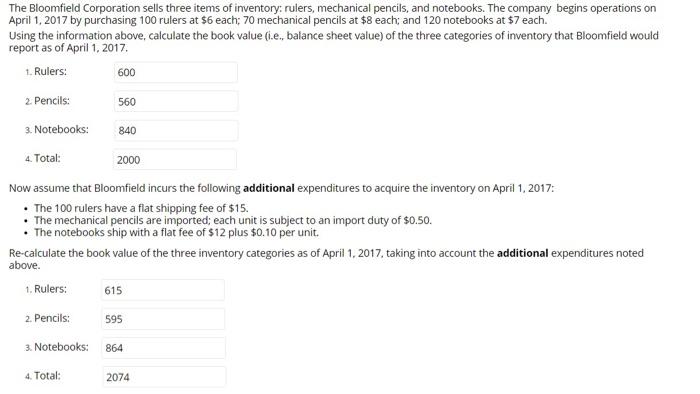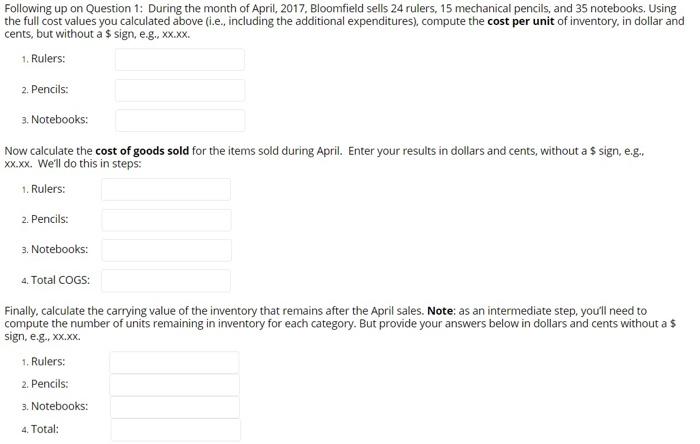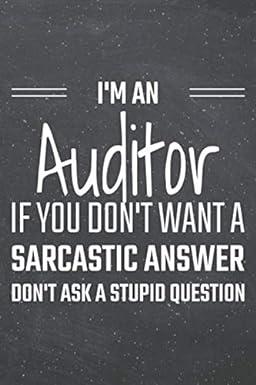Answered step by step
Verified Expert Solution
Question
1 Approved Answer
pls answer 2nd part The Bloomfield Corporation sells three items of inventory: rulers, mechanical pencils, and notebooks. The company begins operations on April 1, 2017


pls answer 2nd part
Step by Step Solution
There are 3 Steps involved in it
Step: 1

Get Instant Access to Expert-Tailored Solutions
See step-by-step solutions with expert insights and AI powered tools for academic success
Step: 2

Step: 3

Ace Your Homework with AI
Get the answers you need in no time with our AI-driven, step-by-step assistance
Get Started


